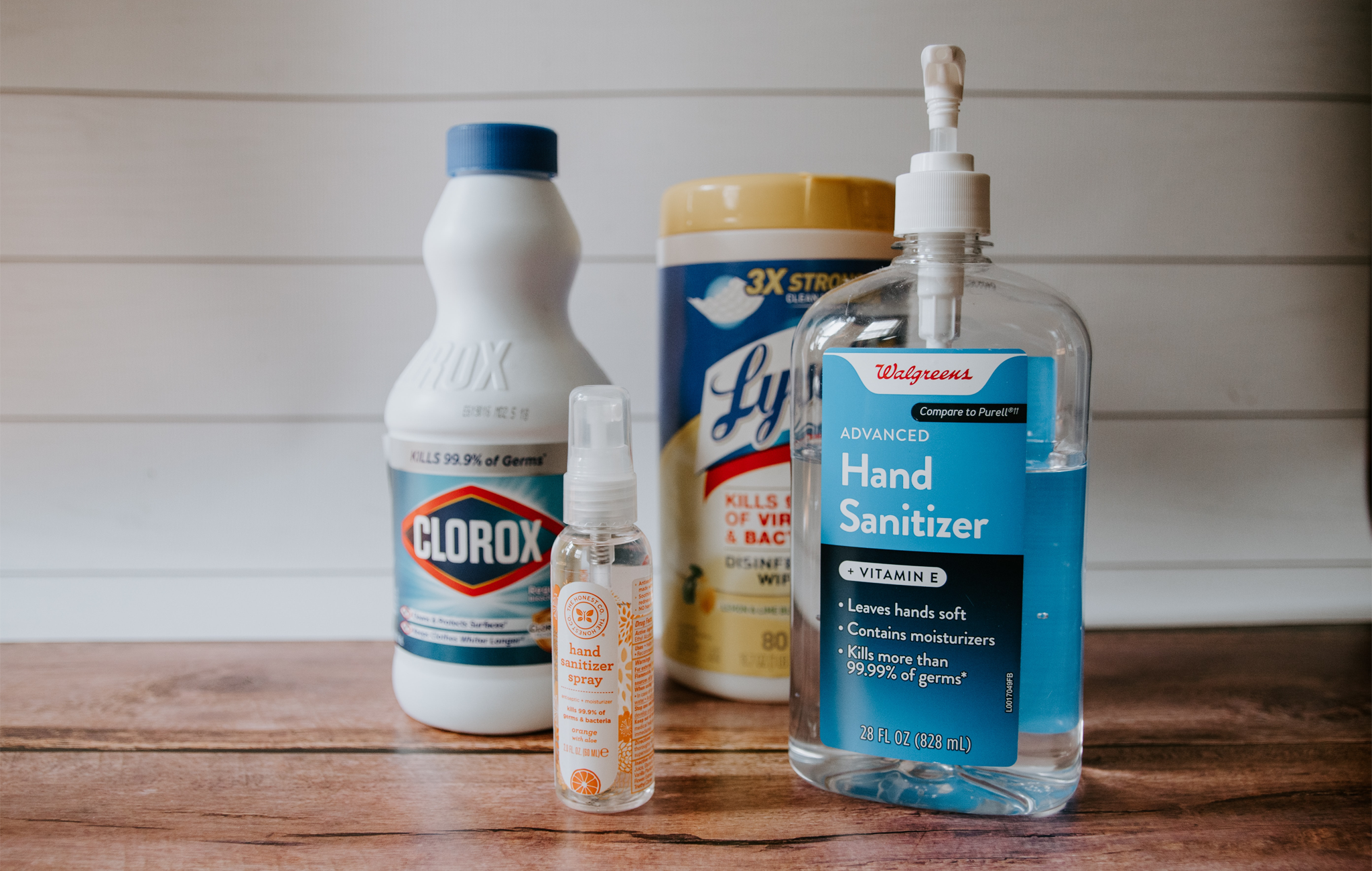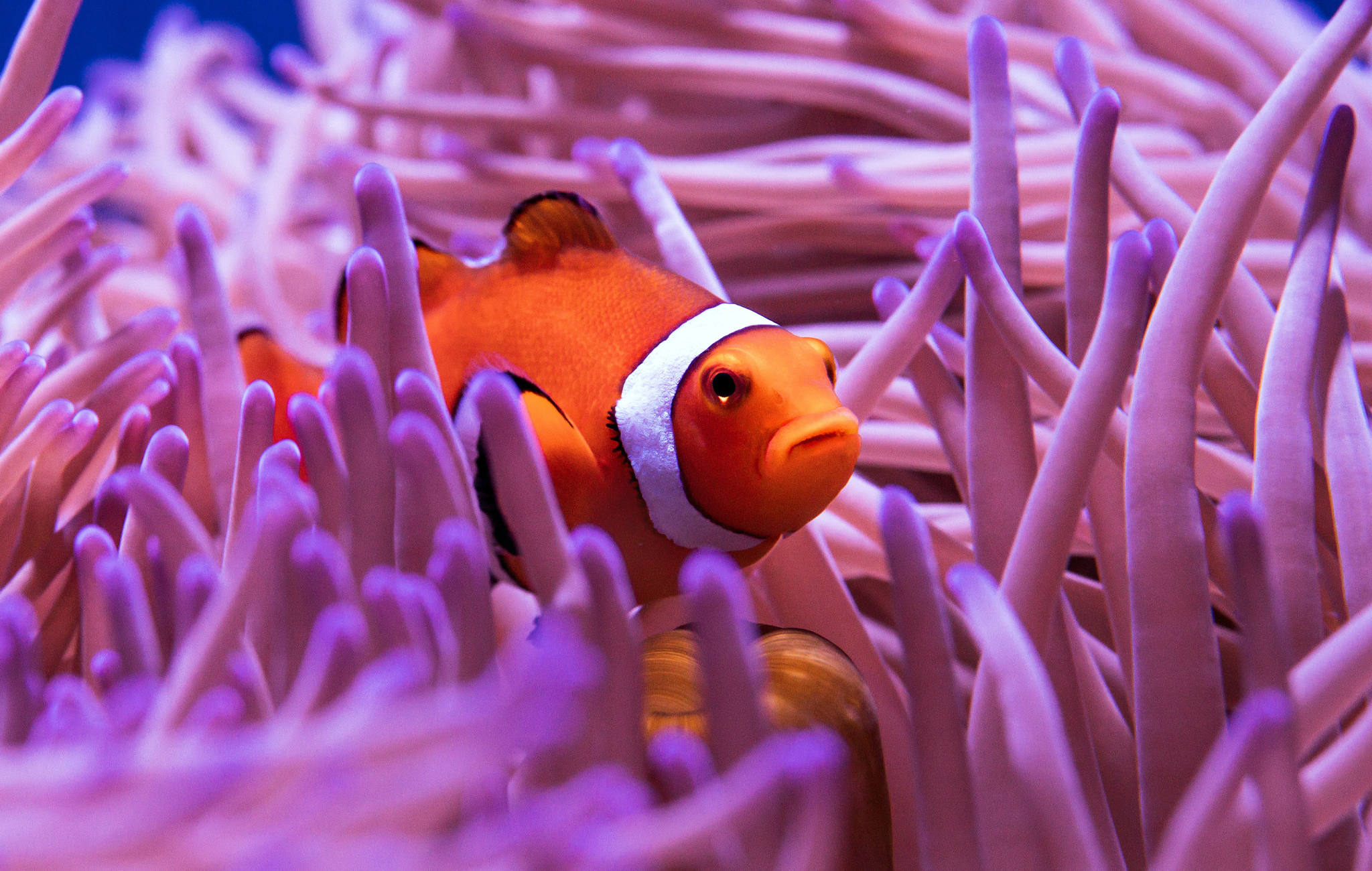There are about 700,000 marine species in the ocean and on average, researchers find about 2,000 new species every year. Unfortunately, the population of many of these species is declining due to ocean pollution. More specifically, animals in the ocean are affected by chemicals originating from human sources.
Read on to learn more about the damaging effects of some ingredients in our everyday items and what you can do to stop it.
Sunscreen ingredients

Although sunscreen protects you and your skin from harmful UV rays, some ingredients found in sunscreen are toxic to marine life. When you wash off your sunscreen in the shower or go swimming in the ocean, it leaches into our waterways. Here are just a few of the long list of ingredients in sunblock that are hazardous to aquatic organisms:
- oxybenzone
- octisalate
- homosalate
- octinoxate
There are not enough studies on the effects of some ingredients on marine life but so far, the existing evidence indicates several negative consequences. They've been known to cause the discoloration of the coral reefs, affect the photosynthesis process in green algae, cause defects and deformities in young mussels and sea urchins, reduce fertility in fish, and accumulate in the tissues of dolphins. Not only that, dolphins can then pass these harmful toxins to their offspring.
Siloxanes

Siloxanes are a group of ingredients found in cosmetics like shampoos, deodorants, creams, and in many industrial products like paint, oil, and lubricants. Siloxanes are building block molecules in the chemical reaction that produces silicone. The structure of siloxanes makes them easily bind to organic carbon in soil or sediments and so, they travel to our environment. There have been large concentrations of siloxanes found in Arctic seabeds. As a result, there's an accumulation of siloxanes in the systems of marine animals. Studies in Europe agree that siloxanes can cause dysfunction in the release of hormones and infertility in humans. Very high amounts of siloxanes in humans are known to cause reproduction system tumors and affect the nervous system. However, we don't have enough data on the harmful effects of siloxanes on marine life.
Parabens

Parabens are another group of ingredients in personal care products that are used as preservatives. Again, there's conflicting evidence on the effects of parabens on humans but animal studies are quite telling. Even at low levels, coral reefs can die from exposure to parabens. Studies also show that there is a high concentration of parabens in sediments, fish tissues, and surface waters. Plus, when parabens combine with chlorine found in drinking water, they produce even more harmful by-products. Sadly, parabens can hinder the glowing ability of certain bacterial species and even kill plankton in the ocean.
Triclosan

Triclosan is an antibacterial agent used to prevent bacterial growth in soaps, toothpaste, other cosmetics, toys, kitchenware, and fabric or cloth materials. But, Triclosan is another one of those chemical ingredients that doesn't degrade in our environment. It can also form the by-product dioxin, a known environmental pollutant. Accordingly, scientists have concluded that Triclosan is highly toxic to green algae and can cause negative long-term effects in fish, crustaceans, and bacteria.
Fertilizers/Pesticides

The use of fertilizers and pesticides have certain benefits such as supporting plant growth and repelling pests but they can also drastically change ocean ecosystems. Fertilizer and pesticide runoff cause mineral imbalances, as they increase the nutrient content in marine environments. When there’s a higher concentration of nutrients, bacterial organisms grow faster but this fact also reduces oxygen content. If there’s less oxygen in aquatic systems, other marine species will die. Furthermore, a higher concentration of nutrients promotes the overgrowth of algae blooms which produce red or brown tides. These tides continue to reduce the oxygen content in surrounding waters and release toxins that cause disease in both ocean life and humans.
So what can you do to help? It's more about moderation because it's very difficult to find products without any of these ingredients. When buying sun protection, look for brands that say “reef-friendly”, “reef-safe”, or any brand that avoids these ingredients altogether. Try to purchase as many cosmetics as you can that don't contain some of these unfriendly compounds. Lastly, try to reduce your fertilizer and pesticide use unless it's absolutely necessary. Many homemade concoctions can foster the growth of your plants and can act as insecticides or deterrents for pests. It's important to be environmentally conscious on a daily basis—we only get 1 planet.









